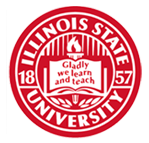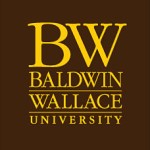Abstract
The purpose of this mixed methods study was to examine the outcomes of two instructional methodologies (traditional and peer-assisted learning; PAL) used in a clinical methods course for undergraduate speech-language pathology (SLP) students. The sample included 53 undergraduate SLP students (near-peer learners) as well as 27 graduate SLP students and 7 clinical fellows (near-peer tutors). Traditional instruction was used during the first half of the course and PAL was added during the second half. The undergraduate SLP students’ weekly written reflections and grades (mid-term and final) were collected for analysis. Students demonstrated a preference for peer- and near-peer learning experiences and commented positively on learning via stories throughout the course. They exhibited more positive attitudes during PAL instruction. Further, students reported less clinical confidence and more confusion as the course progressed and they learned more about the demands and expectations for clinical practice. Implications and recommendations for SLP students’ clinical training are discussed.
Recommended Citation
Springle, A. P.,
Pfeiffer, D. L.,
&
Gillis, C.
(2023).
Enriching Pre-Clinical Education with Near-Peer Learning Experiences.
Teaching and Learning in Communication Sciences & Disorders, 7(2).
DOI: https://doi.org/10.30707/TLCSD7.2.1690393489.738909




